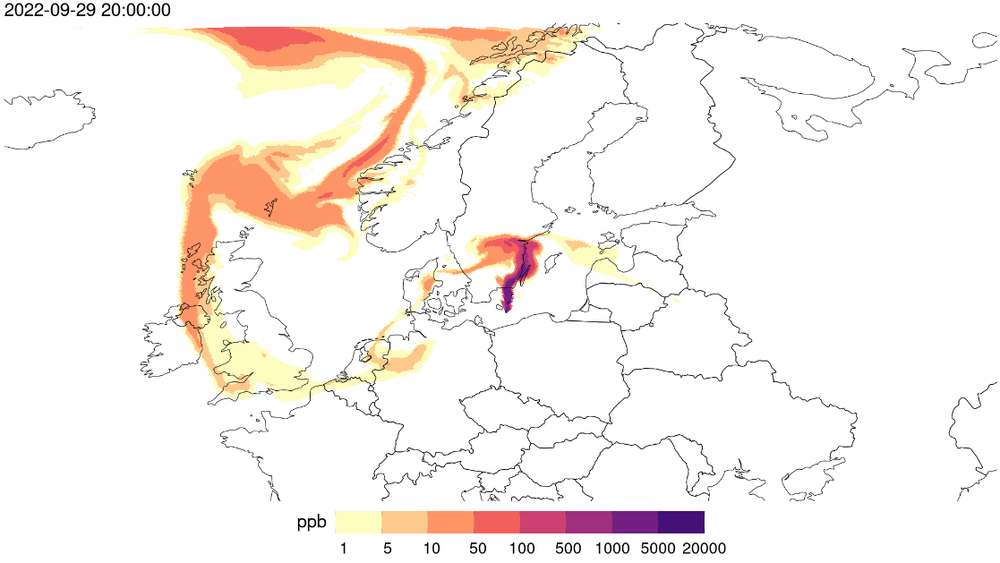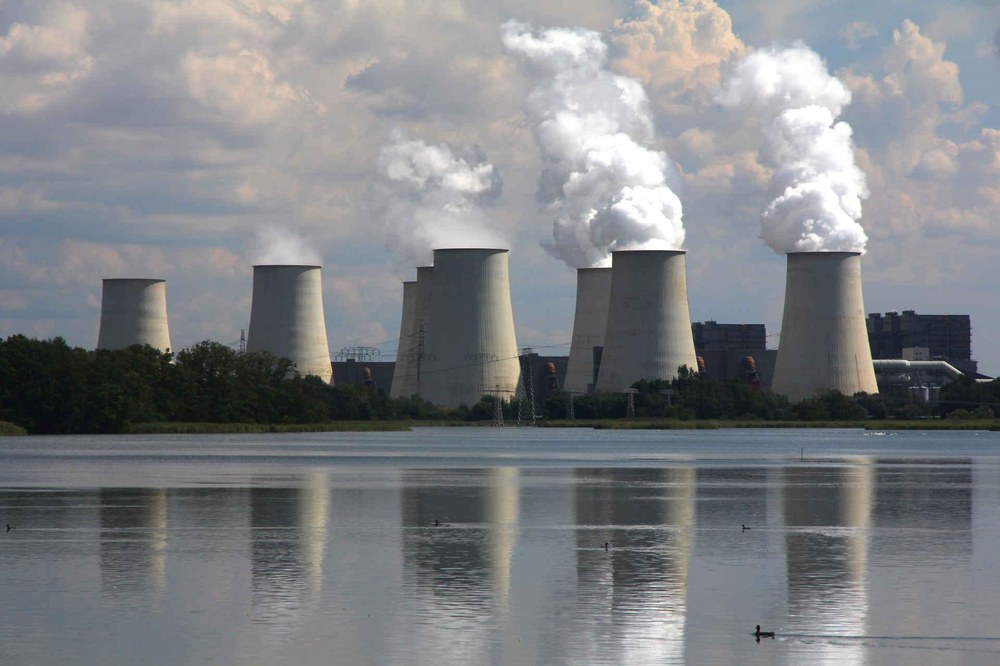Keeping a closer eye on greenhouse gases

DWD

- DLR is contributing expertise and data to the new Integrated Greenhouse Gas Monitoring System (Integriertes Treibhausgas-Monitoringsystem; ITMS) for climate protection in Germany.
- ITMS detects where greenhouse gases are released and absorbed in Germany.
- Focus: Space, Earth observation, climate change
Greenhouse gas emissions and uptake are to be better determined and monitored in the future. This is the goal set by the new Integrated Greenhouse Gas Monitoring System (ITMS) for climate protection in Germany. The focus is on the three most important long-lived greenhouse gases carbon dioxide, methane and nitrous oxide. The German Aerospace Center (Deutsches Zentrum für Luft- und Raumfahrt; DLR) is contributing expertise and data from current atmospheric research to the project. This includes, in particular, the expertise surrounding the MEthane Remote sensing LIdar missioN (MERLIN), for which DLR is the scientific lead.
The ITMS project will make it possible to independently determine the sources (release) and sinks (uptake) of greenhouse gases based on observations. New processing methods will also ensure a high reliability of these data. The information obtained on the status and development of greenhouse gas fluxes should be open source. They can thus provide policymakers and society with a basis for fact-based decisions on climate change mitigation, for controlling the trade in carbon dioxide certificates and for the path to a climate-neutral economy (NetZero).
Measurement data from space, from the air and on the ground
Sources and sinks of greenhouse gases and their origin on Earth's surface can be determined with the help of 'inverse modelling'. This method uses real observation data of atmospheric greenhouse gas concentrations. The spatial distribution and strength of the sources and sinks can be inferred using a model. Therefore, one of the most important steps in the development of the new monitoring system is combining the different data flows. This includes measuring greenhouse gas concentrations from space, from the air and from the ground.
During the first project phase, spanning four years, existing observation data will be linked with operational weather forecasts, among other things. In addition, the DLR Institute of Atmospheric Physics is preparing to use satellite data from the upcoming MERLIN mission. The small German-French satellite is scheduled for launch in 2028 and will determine global methane concentrations with great precision. Methane is the second most important greenhouse gas contributor to climate change following carbon dioxide. In spite of this, the emissions are not sufficiently recorded. DLR is the leading scientific partner in MERLIN and will contribute mission data specifically tailored to ITMS to the project.
The new generation of Earth observation satellites will make important contributions – for ITMS as well as for climate and environmental research worldwide. High-resolution satellite measurements of atmospheric concentrations make it possible to quantify the emission strength of local carbon dioxide and methane sources from space. For new satellite systems such as Copernicus CO2M and MERLIN, this has been successfully demonstrated using airborne measurements. For example, the CHARM-F laser instrument was developed as an airborne demonstrator for MERLIN at DLR. It is used on the HALO research aircraft as part of the DLR-led CoMet missions for atmospheric and climate research.
In further ITMS project phases, changes in greenhouse gas emissions from various sectors, such as energy production, agriculture or transport, will be determined over periods ranging from months to several years and decades. In addition, knowledge about individual emission processes will be further developed in ITMS and made available for the model system. In combination with emissions estimates from transport and industry, it should be possible to distinguish between emissions from fossil sources, agriculture and forestry, as well as natural sources such as wetlands. This will allow the monitoring system to be used to evaluate concrete measures to reduce local emissions.
ITMS is funded by the German Federal Ministry of Education and Research (Bundesministerium für Bildung und Forschung; BMBF) and was launched with a three-day kick-off meeting on 20 October 2022 at the Max Planck Institute for Biogeochemistry in Jena. Federal Research Minister Bettina Stark-Watzinger explains: „Addressing climate change is a human task that will only be possible with research and innovation. Germany's Integrated Greenhouse Gas Monitoring System will make it possible to directly monitor greenhouse gas sources and sinks for the first time. This will give us a more accurate picture of the situation for better climate protection and allow us to assess the effectiveness of climate protection measures.“
About the project
Within the framework of the Integrated Greenhouse Gas Monitoring System (ITMS), the Federal Ministry of Education and Research (BMBF) is funding research projects on key components in the areas of atmospheric modelling, observational data as well as sources and sinks. Further contributions to ITMS will build on these core projects. The lead partners include the Max Planck Institute for Biogeochemistry (MPI), the German Weather Service (Deutscher Wetterdienst; DWD), the Institute for Environmental Physics at the University of Bremen, the Institute for Meteorology and Climate Research – Atmospheric Environmental Research (IMK-IFU) at the Karlsruhe Institute of Technology (KIT) and the Institute of Atmospheric Physics at DLR. Furthermore, the Federal Environment Agency and the Thünen Institute for Agricultural Climate Protection (Agrarklimaschutz) are also involved, both of which play a central role in national reporting.
